One of the pillars of success for working in a professional kitchen is “Do as much as you can in as few steps as possible.” The fact is, you don’t have the time for any extra or redundant steps; every move has to be purposeful, as well as the quickest option available. That’s why many tools in professional kitchens are extremely versatile. They’re employed to save time and work multiple tasks, and are designed to take up little space, and you can use them in your home kitchen too. Here’s a list of 10 professional kitchen tools that I use constantly in my home kitchen, many of which only cost a couple bucks.
High heat silicone spatula
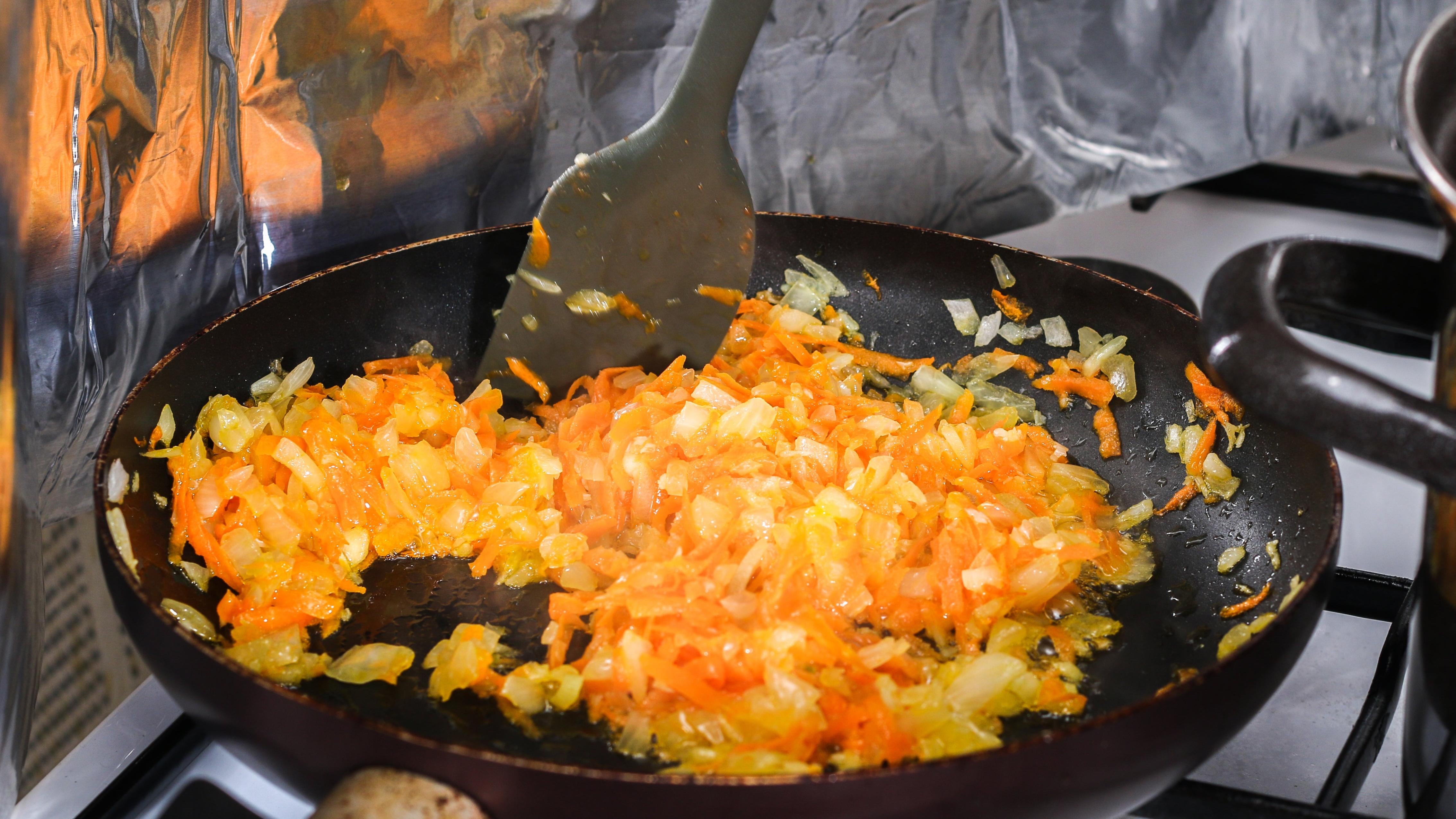
I first met the high heat spatula in culinary school and we’ve been BFFs ever since. Rubber or silicone spatulas are wonder workers in the kitchen. They flex in order to hug the curves and corners of bowls, pots, and oddly shaped containers, but they’re firm enough to gather everything from cookie dough to the last drops of chowder. A high heat silicone spatula is the Power-Up-Mario version. You don’t realise how many hot things you want to scoop with a spatula until you melt one. If you don’t do a ton of high-heat cooking, you can use it to mix other hot substances like artisan soaps or candle wax. Use this spatula to flip eggs, stir soups, get the remnants of peanut butter out of the jar, or scrape every bit of cake batter into the pan in six clean swipes.
Bench scraper
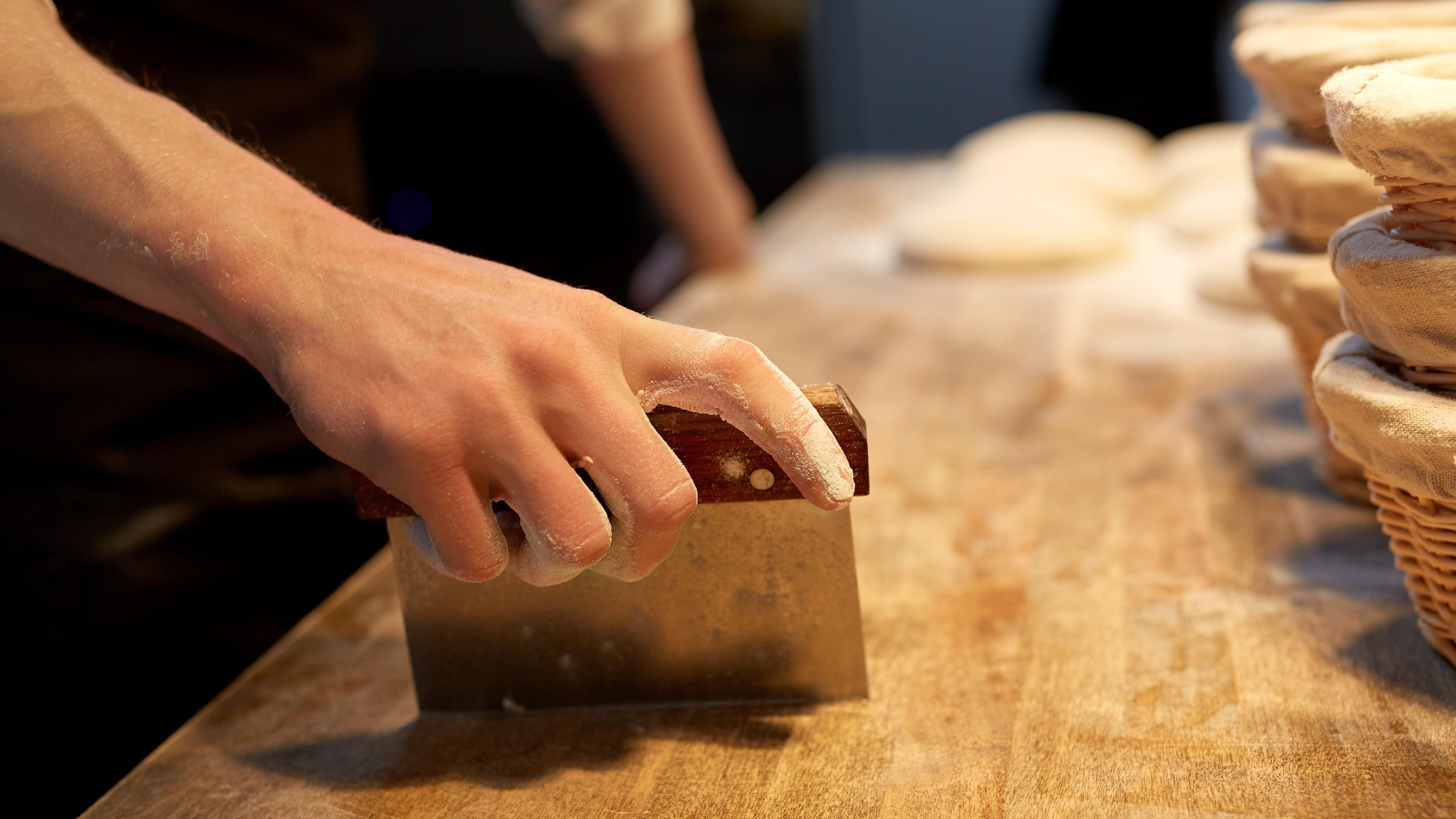
Here’s a blade that’s actually meant to be scraped against surfaces without making your knife sharpener cringe. Depending on the type you purchase, and your intentions, some have a blunt edge and others have a beveled knife edge. The beveled variety can cut through items that require a firm chop, but it’s not as sharp as the blade on your chef’s knife. It’s an efficient tool for portioning bread dough and swiping the work surface clean of flour, but it can perform many more tasks like aiding ingredient prep, icing cakes, or batch crushing garlic. Read here for the deets.
Bowl scraper
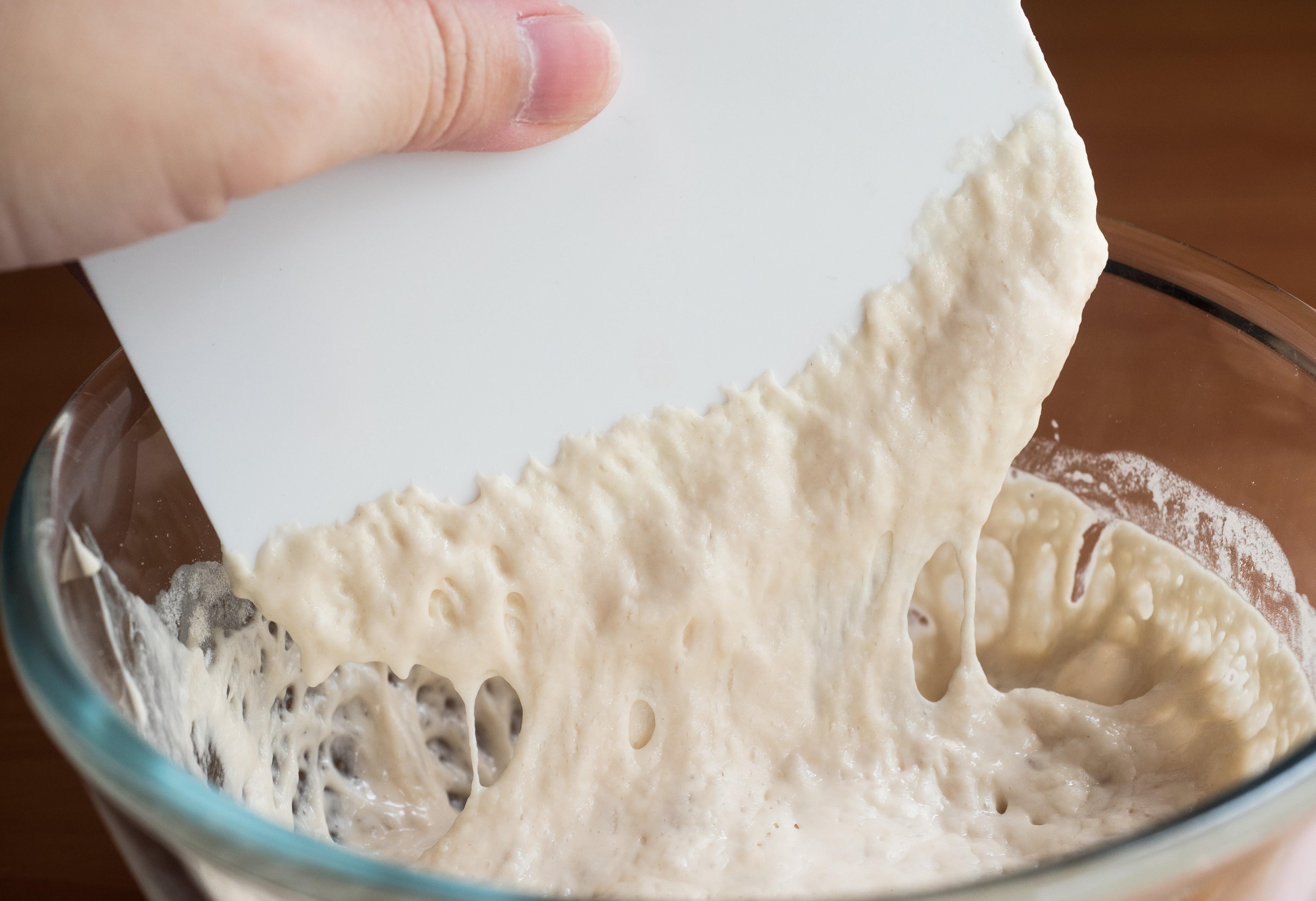
It’s another scraper that I can’t live without. The bowl scraper is a flexible plastic tool that you can use to …scrape bowls. I know it doesn’t sound glamorous, but you’ll thank yourself for grabbing this $US1 ($1) item. Although you can buy soft silicone ones, I don’t recommend them unless you already know you love that sort. For my purposes, those are too soft. I find the plastic bowl scraper is best for getting every last bit of sticky or crusty material out of a bowl. You’ll use this tool for turning bread dough during the proofing process, or scraping out and kneading biscuit dough, scones, pie crust, or pasta dough. Think of it as a non-stick extension of your hand, so you can have control while you work without half of the dough glueing itself to your fingers.
Piping bags
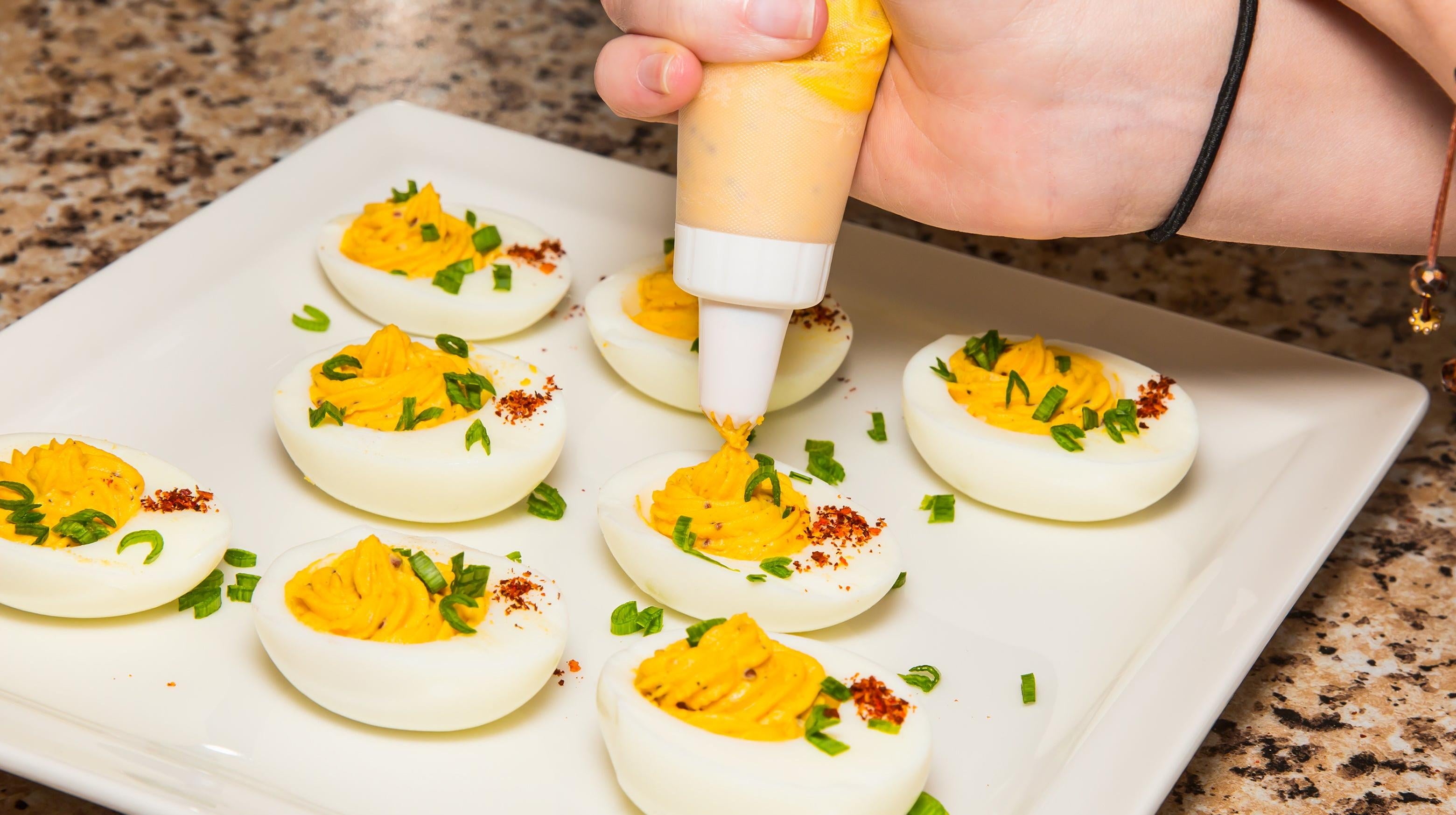
To the untrained eye, a piping bag might seem like a designated pastry tool. It is actually one of the best ways to precisely portion large quantities of a soft substance. I use large, reusable, lined pastry bags for filling deviled eggs, making petit quiches, filling cupcake tins, and piping everything from choux paste to cookie dough. You can also use small disposable piping bags to melt small amounts of chocolate, or fill them with icing to make fine decorations (or write edible messages for your valentine).
All-purpose hand towels
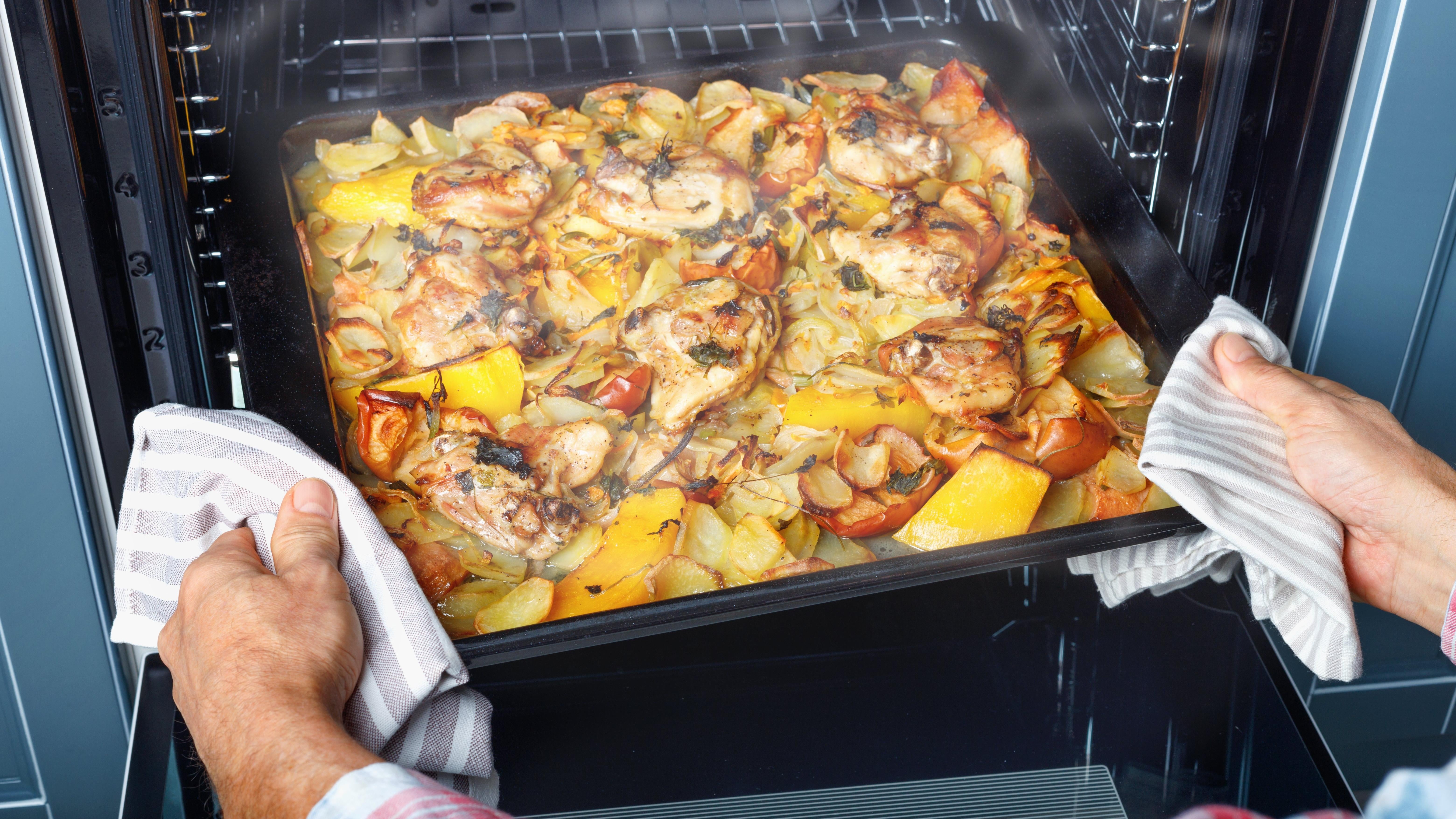
There’s a lot of waste in the food industry, but one thing it gets right is towels. Instead of stocking rolls of paper towels in your home kitchen, have designated kitchen cloths. The professional kitchens I’ve worked in stock cotton towels with the ubiquitous red or blue stripes, but any dish towels will do. I recommend 100% cotton because they’re absorbent and don’t have any meltable embroidery or details. You don’t want to use a towel you’re afraid of ruining, as you might need them to clean up terrible spills, like a puddle of oil or a large quantity of red wine sauce. You can also use folded dry towels to substitute in as oven mitts and grab hot sheet pans or handles. When they’ve been soiled, toss them in a designated hamper, wash and reuse.
Immersion blender
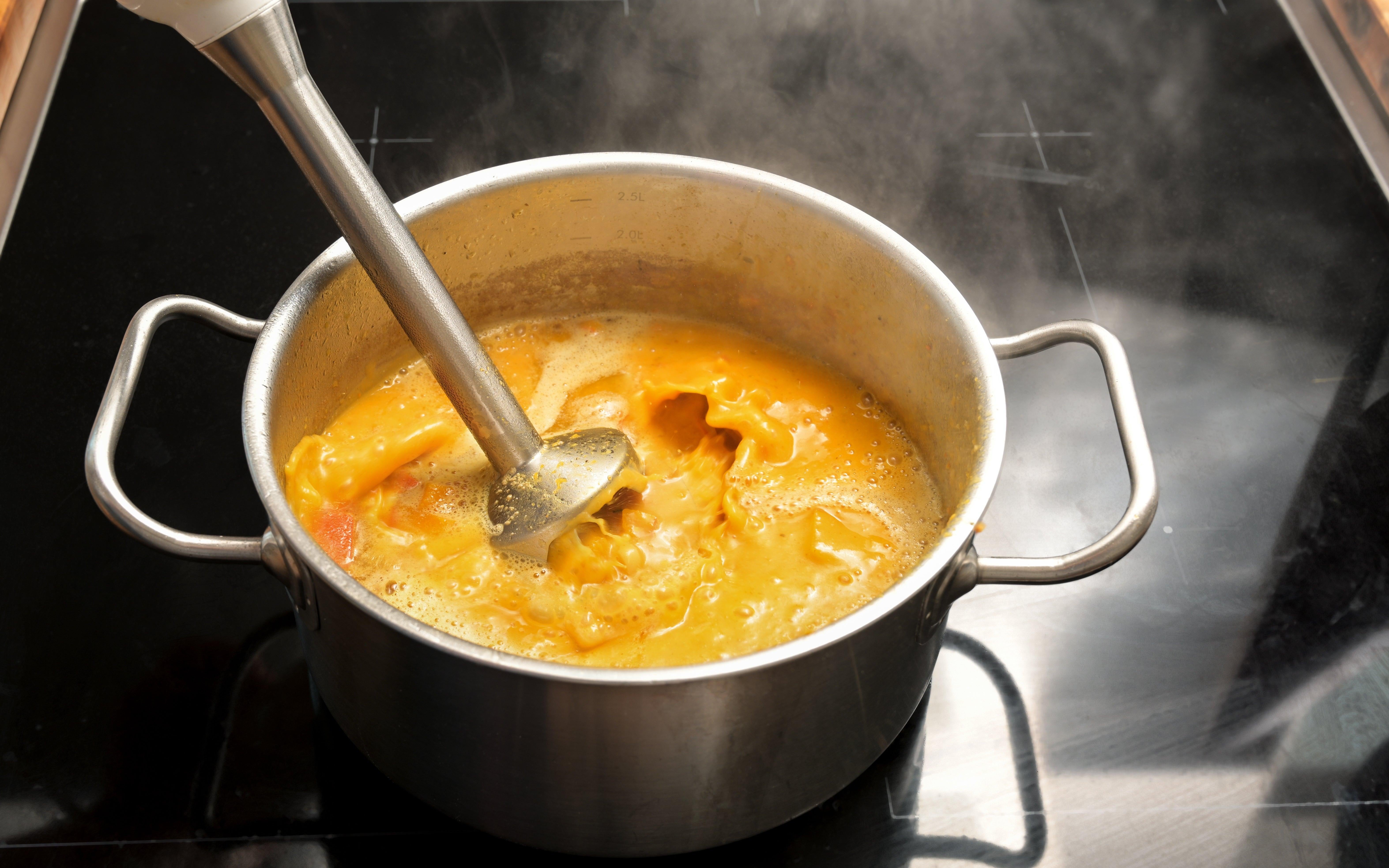
My favourite of the motorised blades is the immersion blender. The food processor and standard blender have their uses, but I find the immersion takes care of almost all of my whipping, pulverizing, liquifying needs. Also called a stick blender, this powerful tool is handheld and is immersed into the vessel containing the food, and not the other way around. I love this because you can blend two gallons of soup in the pot, or eight ounces of salad dressing in a cup. No need to batch blend the soup in a standard blender and hope it doesn’t explode from the pressurised steam. Use this clever tool for emulsifying a batch of mayonnaise, or whipping a bowl of heavy cream.
Kitchen scale
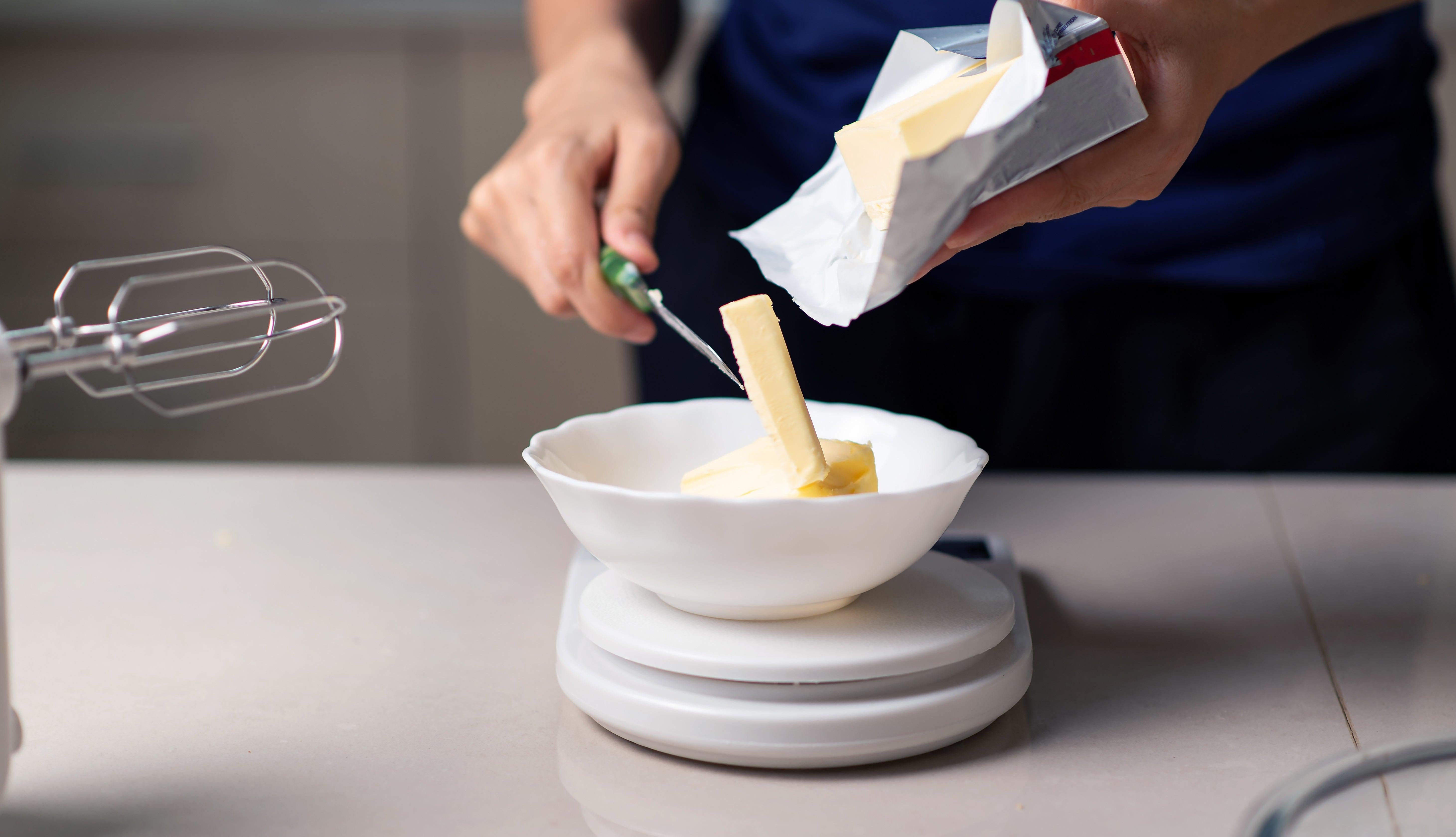
Weighing ingredients can make a huge difference in making a consistent product. There are already enough variables within your environment, like elevation or humidity, so you might as well cut out a variable and weigh your ingredients. A kitchen scale will help you make sure your favourite bread recipe turns out every time, can act as a tool for portioning meals, or make splitting big batch recipes evenly amongst multiple bowls much easier. There’s no need to spend a ton on an industrial sized scale either, many reliable, accurate table models are $US10 ($14) to $US25 ($35) and can last decades.
Stand mixer
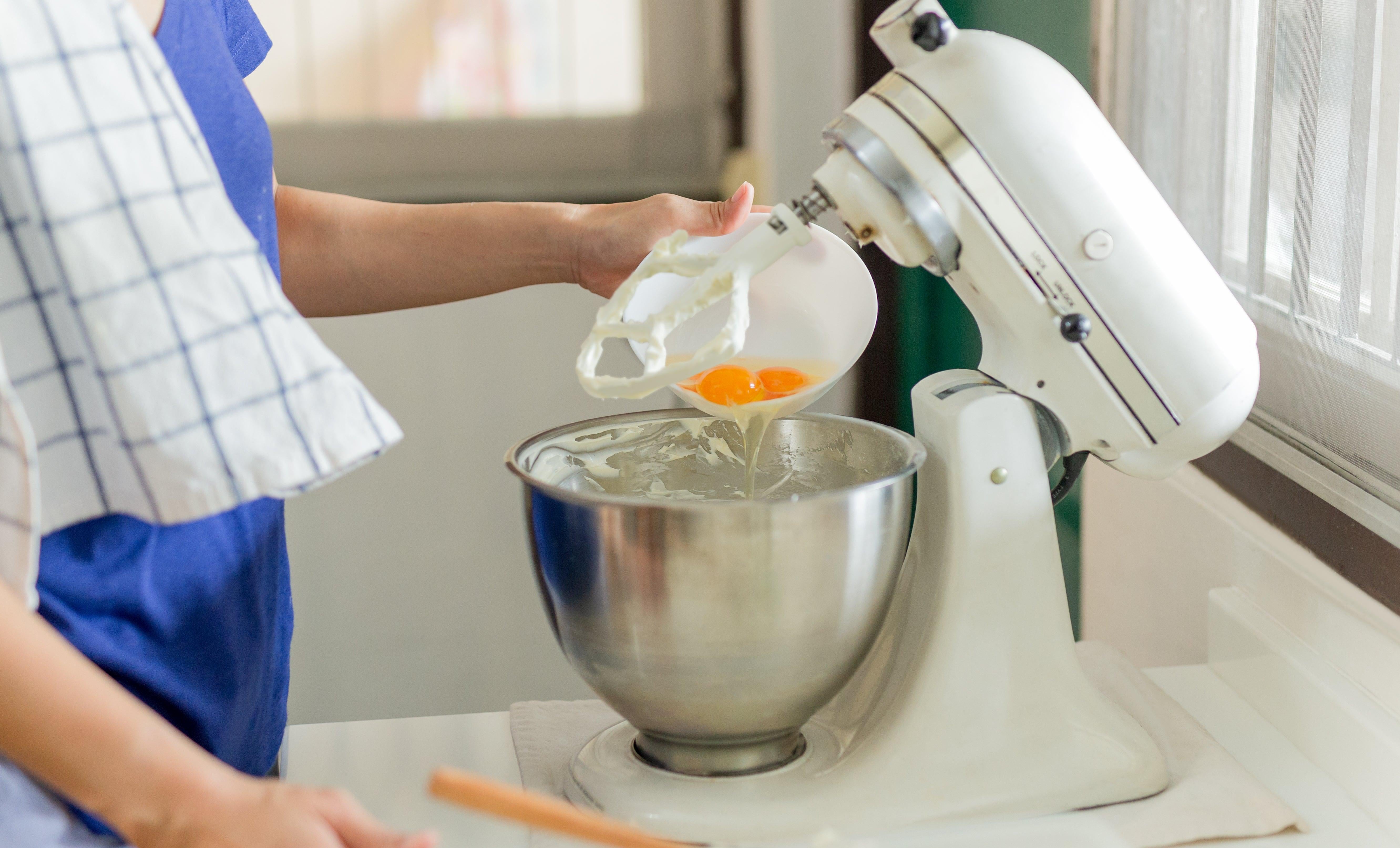
I would say the stand mixer is the only “investment” kitchen tool I couldn’t live without after using one professionally. They’re not cheap, but if you take care of it you won’t need another one maybe ever. A good stand mixer is incredibly powerful and can mix, whip, or knead anything that these ol’ bones don’t want to do, at a much faster speed, and without taking a break to Theragun your biceps. Knead batches of pizza dough, whip egg whites in 60 seconds, or mix a quart of your daughter’s favourite veggie cream cheese while you multitask twelve other things. Some stand mixers come with attachments if you’re interested in grinding your own sausage or making homemade pastas. If you’re hesitant about the price, you can check out the massive resale and refurbished market for excellent stand mixers, if you’re ok with something that isn’t factory new or has a slightly busted box.
Quart containers
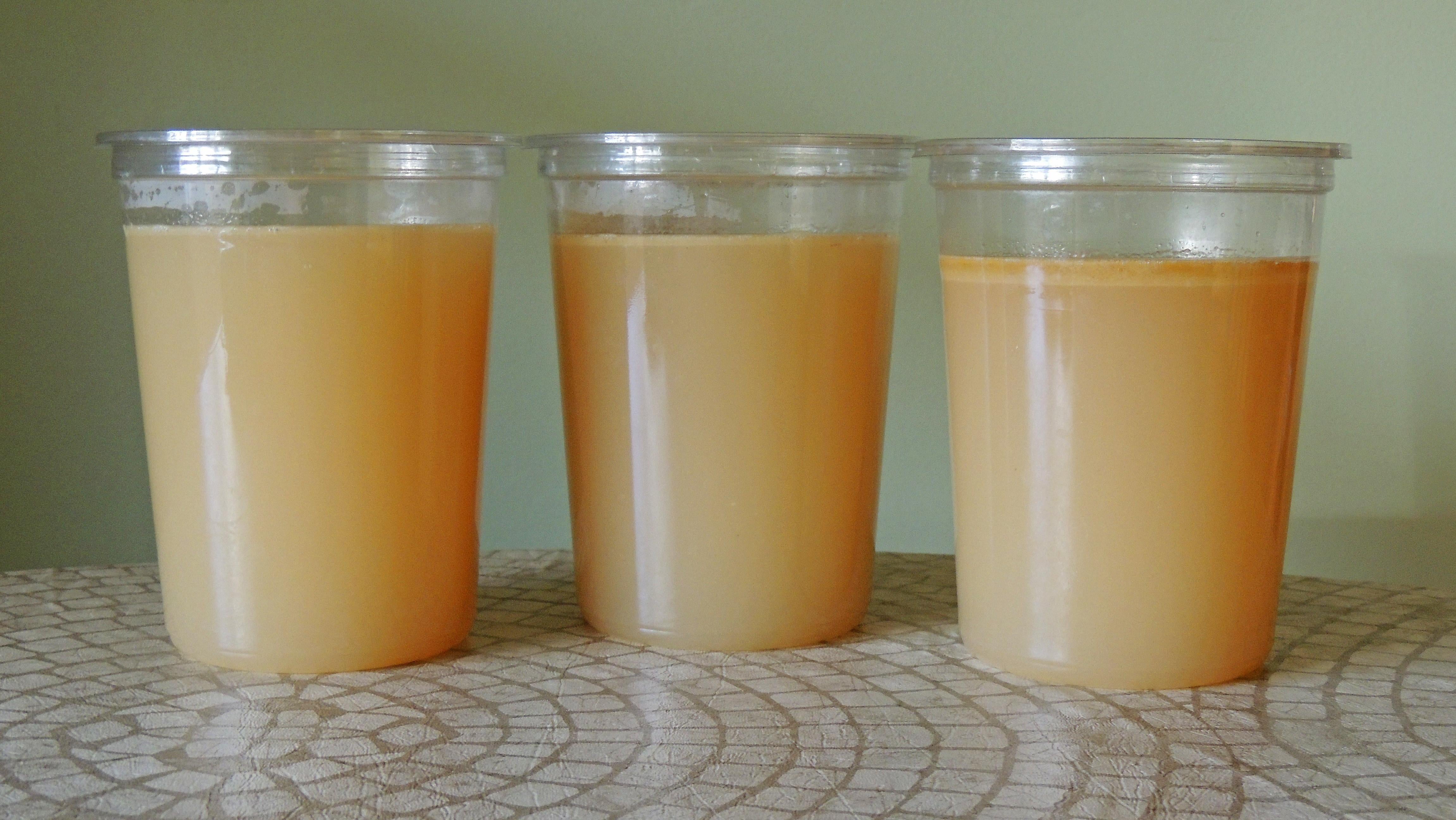
You’re probably familiar with these unassuming gems from soup takeout, or watching The Bear, and maybe you’ve already discovered their many uses. The quart container is simple and effective for everything from holding long utensils upright to serving as an impromptu water glass. Quart containers rise above the other reusable containers, literally, because of their shape. Instead of getting wider to hold more material, they are tall and thin. You can stack leftover ribs in there, gravies, frostings, and tofu in water without concerning yourself with spillage, and maximizing the vertical space in your fridge. They’re especially useful for storing homemade stock, sauce, or broth in the freezer.
Pastry brush
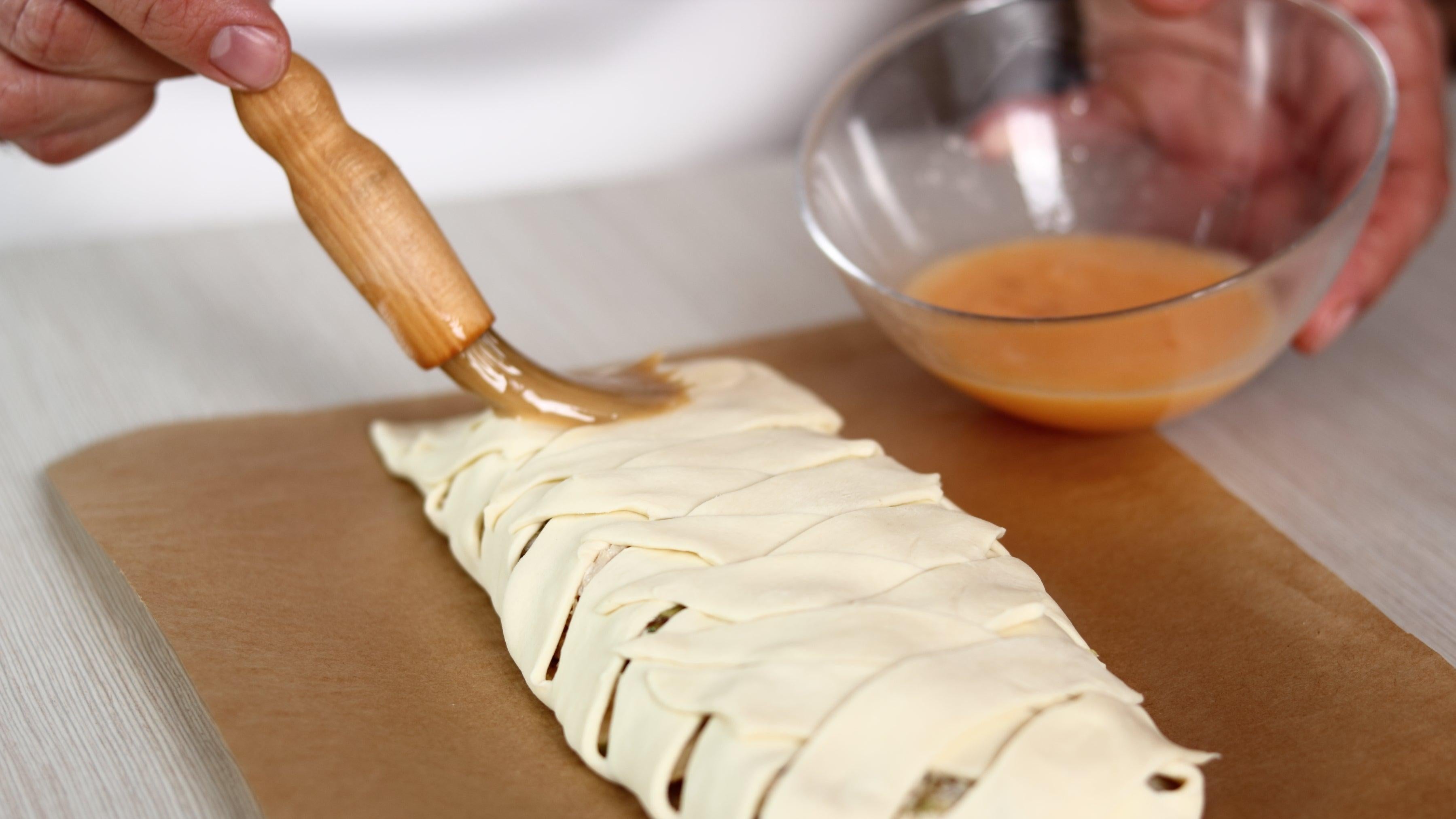
Like many of the non-mechanical tools on this list, the pastry brush is a small cost for how many ways it will serve you in the kitchen. It’s nothing more than a small paint brush, roughly 1-inch to 3-inches wide, and will run you a dollar or two. Use pastry brushes to paint a luxurious egg wash onto your pie crust, egg wash the edges of ravioli, or brush a layer of water onto dumpling dough to seal it. You can also use a dry brush to sweep away excess flour from your pizza dough, dip your brush into butter or oil to quickly grease a pan, or use it to slather grilling meats in mustard, marinade, or barbecue sauce.
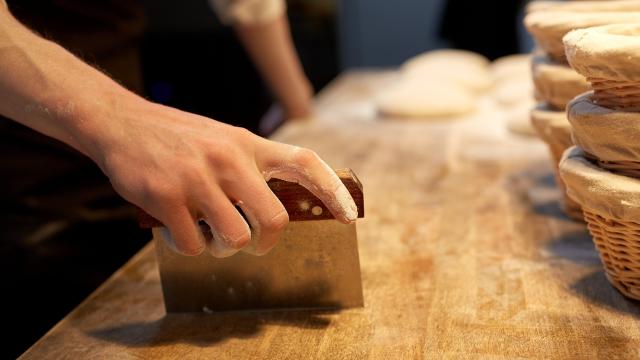
Leave a Reply
You must be logged in to post a comment.